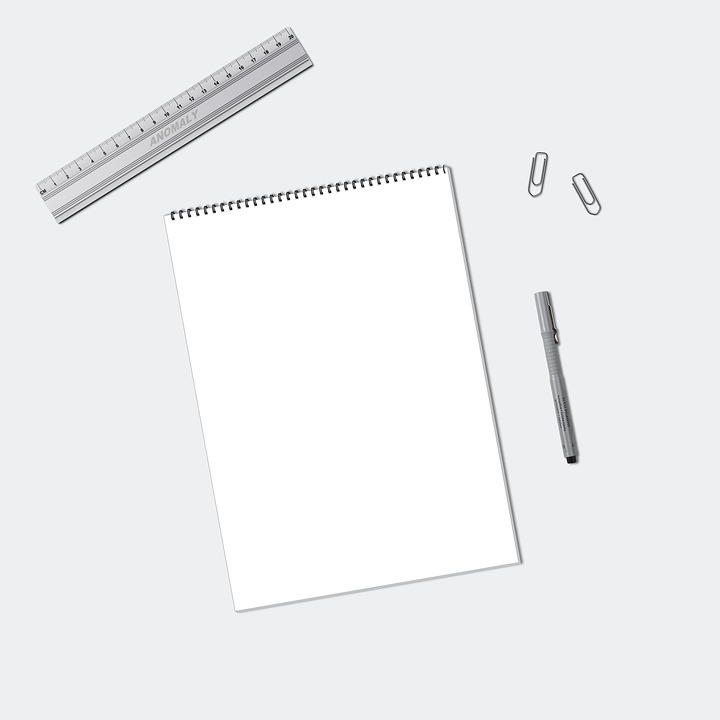The Evolution of Graphic Design: From Print to Digital
Graphic design has come a long way since its inception. From print to digital, the field has undergone significant transformations, adapting to the ever-changing technological landscape. This evolution has not only revolutionized the way graphic designers work but has also shaped the visual communication industry as a whole. In this article, we will explore the journey of graphic design from its humble beginnings in print to the digital era we find ourselves in today.
Print Design: The Birth of Graphic Design
The roots of graphic design can be traced back to the invention of the printing press by Johannes Gutenberg in the 15th century. This revolutionary invention allowed for the mass production of written materials, opening up new avenues for communication. With the rise of printed materials, the need for visual elements to accompany the text became apparent.
In the early days of print design, typography took center stage. The skillful arrangement of letterforms became a crucial aspect of visual communication. Designers experimented with different typefaces, sizes, and spacing to enhance readability and aesthetic appeal. Illustrations and decorative elements were also introduced to add visual interest to printed materials.
The Industrial Revolution in the 18th and 19th centuries marked a turning point for graphic design. With advancements in technology, printing became more efficient and accessible. This led to the rise of advertising and the birth of the modern graphic design industry. Posters, billboards, and magazine advertisements became popular mediums for designers to showcase their skills.
The Modernist Movement: Breaking Boundaries
The early 20th century witnessed a paradigm shift in graphic design with the advent of the Modernist movement. Designers like Jan Tschichold, Herbert Bayer, and Paul Rand challenged traditional design conventions and embraced a more minimalistic and functional approach.
Modernist designers emphasized simplicity and clarity in their work. They embraced geometric shapes, clean lines, and a limited color palette. The use of sans-serif typefaces became prevalent, as they were seen as more modern and legible. The Bauhaus school of design played a significant role in shaping this new aesthetic.
The rise of photography and photomontage further expanded the possibilities for visual communication in print design. Designers began incorporating photographic elements into their compositions, creating visually striking and impactful designs. This era also saw the birth of iconic logos, such as the Coca-Cola logo designed by Frank Mason Robinson in 1885.
The Digital Revolution: Graphic Design in the Digital Age
The advent of computers in the 1980s brought about a seismic shift in the graphic design industry. Designers were no longer limited to traditional mediums and techniques. The introduction of design software, such as Adobe Photoshop and Illustrator, revolutionized the creative process.
Digital design allowed for greater flexibility and experimentation. Designers could now manipulate images, create complex illustrations, and easily edit and revise their work. The computer became a powerful tool that gave birth to a new breed of graphic designers.
The internet further propelled the evolution of graphic design. With the rise of websites and online platforms, designers had to adapt to the unique challenges of designing for the digital realm. Web design became a specialized field, focusing on user experience, interactivity, and responsive design.
The shift to digital also brought about new mediums for graphic design, such as motion graphics and video. Designers began exploring animation and multimedia, adding a dynamic element to their work. This allowed for more engaging and immersive visual experiences.
The Rise of User-Centered Design
As technology continued to advance, so did the expectations of users. Designers had to shift their focus from aesthetics to usability. User-centered design became paramount, with designers prioritizing the needs and preferences of the end-users.
The field of user experience (UX) design emerged, focusing on creating intuitive and seamless interactions between users and digital products. User interface (UI) design became an integral part of graphic design, encompassing the visual elements and interactions that users encounter.
The proliferation of mobile devices, such as smartphones and tablets, further influenced the evolution of graphic design. Designers had to adapt to smaller screens and different interaction patterns. Responsive design became essential, ensuring that designs adapt and function across various devices and screen sizes.
The Future of Graphic Design
As we look to the future, the evolution of graphic design shows no signs of slowing down. Emerging technologies, such as virtual reality (VR) and augmented reality (AR), present new opportunities for designers to create immersive and interactive experiences.
Artificial intelligence (AI) is also poised to impact the field of graphic design. AI-powered design tools can automate repetitive tasks, freeing up designers to focus on more creative aspects. However, the human touch and creative thinking will always be irreplaceable in the design process.
Conclusion
The evolution of graphic design from print to digital has been a remarkable journey. From the early days of typography to the modern digital age, graphic design has continuously adapted and evolved. The field has grown from creating printed materials to designing immersive digital experiences.
As technology continues to advance, graphic designers must stay at the forefront of innovation. Embracing new tools and techniques, while understanding the principles of design, will allow them to navigate the ever-changing landscape of visual communication. The future of graphic design is exciting, and it holds endless possibilities for those who are willing to explore and push boundaries.





